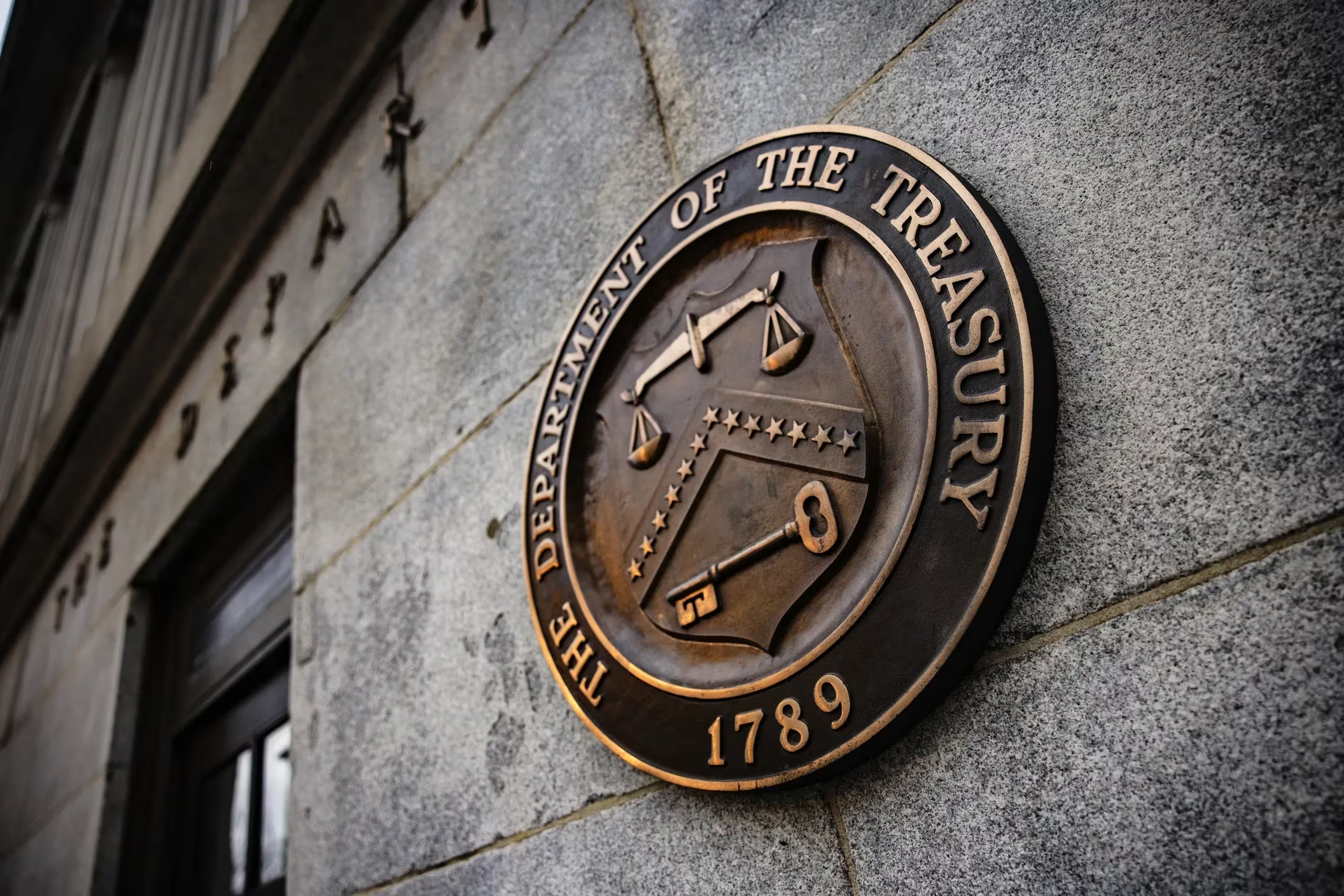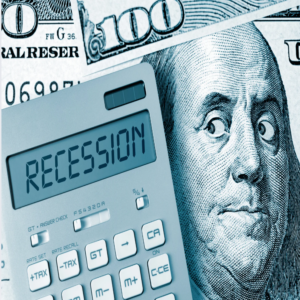As Congress gets ready for a spending battle, the US national debt reaches a record $34 trillion

With the gross national debt of the federal government at above $34 trillion, it is a record high that portends political and economic obstacles to improving America’s balance sheet in the years to come.
A report tracking US financial conditions was released by the Treasury Department on Tuesday. Political division in Washington has made the issue of US finances contentious and may lead to a partial government shutdown in the absence of a yearly budget.
In June of last year, the White House and Republican lawmakers decided to temporarily raise the national debt ceiling in order to avert the possibility of an unprecedented default. The duration of that agreement is January 2025. Here are some responses to inquiries concerning the recently set national debt record.
WHAT CAUSED THE US DEBT TO GO ABOVE $34 TRILLION?
Pre-pandemic estimates for the national debt were several years ahead of reality when it surpassed $34 trillion. According to estimates made in January 2020 by the Congressional Budget Office, the gross national debt would surpass $34 trillion in the fiscal year 2029.
Nevertheless, a multi-year pandemic that began in 2020 and shut down a large portion of the US economy caused the debt to grow faster than anticipated. Under former President Donald Trump and current President Joe Biden, the government took on a significant amount of debt in order to stabilize the economy and promote recovery. However, the recovery was accompanied by a spike in inflation, which increased interest rates and increased the cost of the government’s debt servicing.
“Up until now, Washington has been spending money as if we had limitless resources,” said Loyola Marymount University professor of economics Sung Won Sohn. «Ultimately, it is true that there is no free lunch, and the future seems bleak,» he stated.
For the purpose of evaluating the government’s finances, most policymakers base their assessment of the total debt held by the public on the gross debt, which includes money that the government owes itself. This smaller amount, $26.9 trillion, is almost the same magnitude as the gross domestic product of the United States.
In its 30-year outlook released in June of last year, the Congressional Budget Office predicted that by 2053, publicly held debt will account for a record 181% of the US economy.






